Rhubarb pastila: Perhaps the most Russian way of cooking these stalks
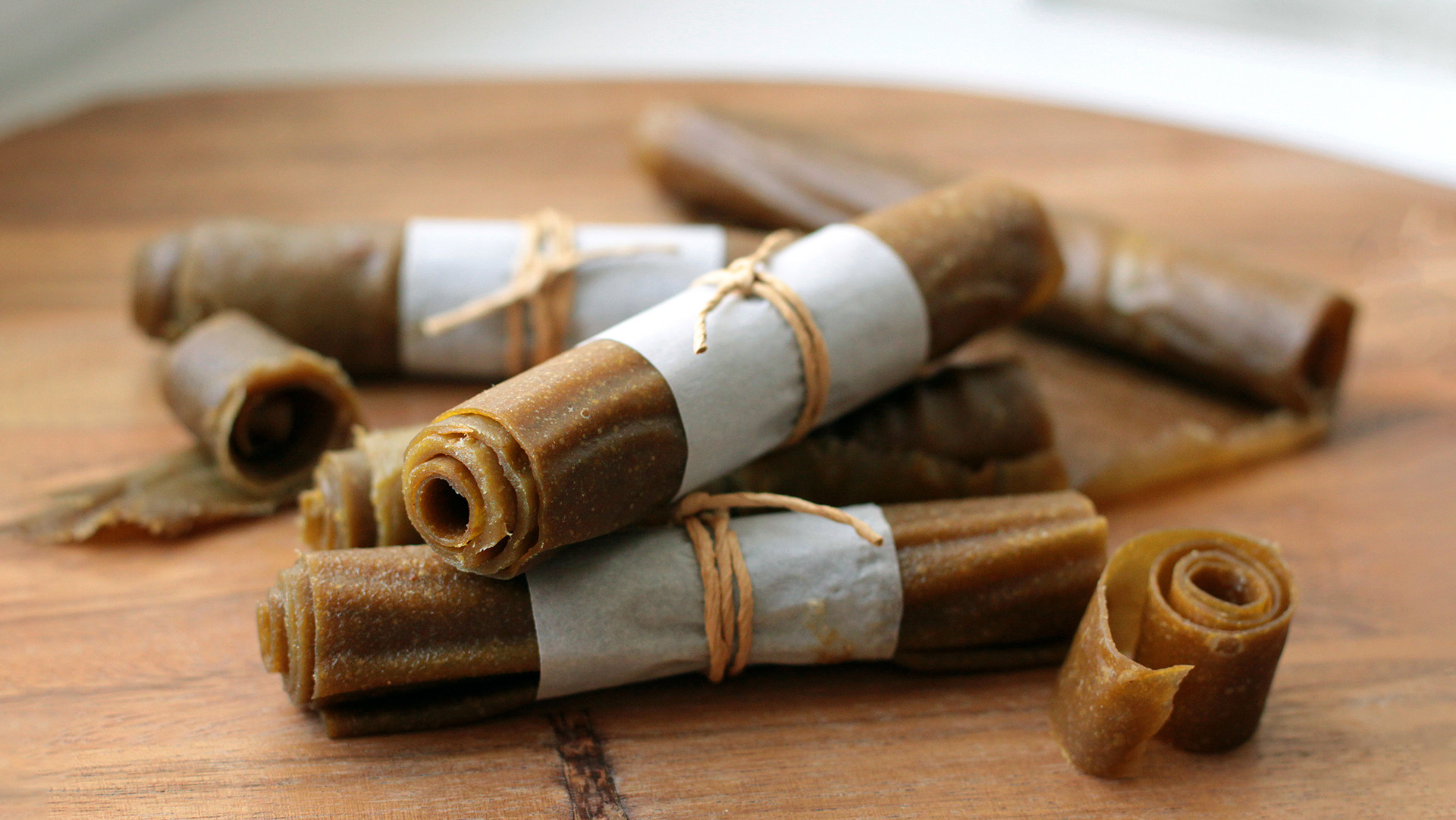
I’ve always associated rhubarb with everything but Russian cuisine: every summer many of the English and American chefs I’m subscribed to on Instagram post dozens of photos with mouthwatering rhubarb pies, crumbles, tarts and other amazing dishes. Moreover, in my family we never used rhubarb in cooking and also didn’t grow it in the garden. And even if you feel like cooking something with rhubarb, you can hardly find it in Russian stores. That’s why I was quite surprised when I found lots of rhubarb recipes in old Russian culinary books, including rhubarb stalks baked with honey and rich rhubarb borsch.
Unfortunately, today in Russia you can find fresh rhubarb only in private gardens and in some markets, but there are still lots of foodies who grow it, then store up with beneficial rhubarb varenye and jams for winter, and follow other traditional recipes. This season I got an unprecedentedly large crop of green rhubarb stalks, so I decided to make my newest, most favorite traditional Russian sweet, fruit pastila, or levashi. It is basically dried fruit puree that can be stored in the fridge for months. This healthy sweetish snack is known from the times of medieval Russia and remains popular even today. The advantage is that you can make pastila from any seasonal fruits and berries, and even vegetables – so why not try it with rhubarb? Spoiler alert: rhubarb pastila happens to be the most unique and tasty that I have ever tried.
Ingredients:
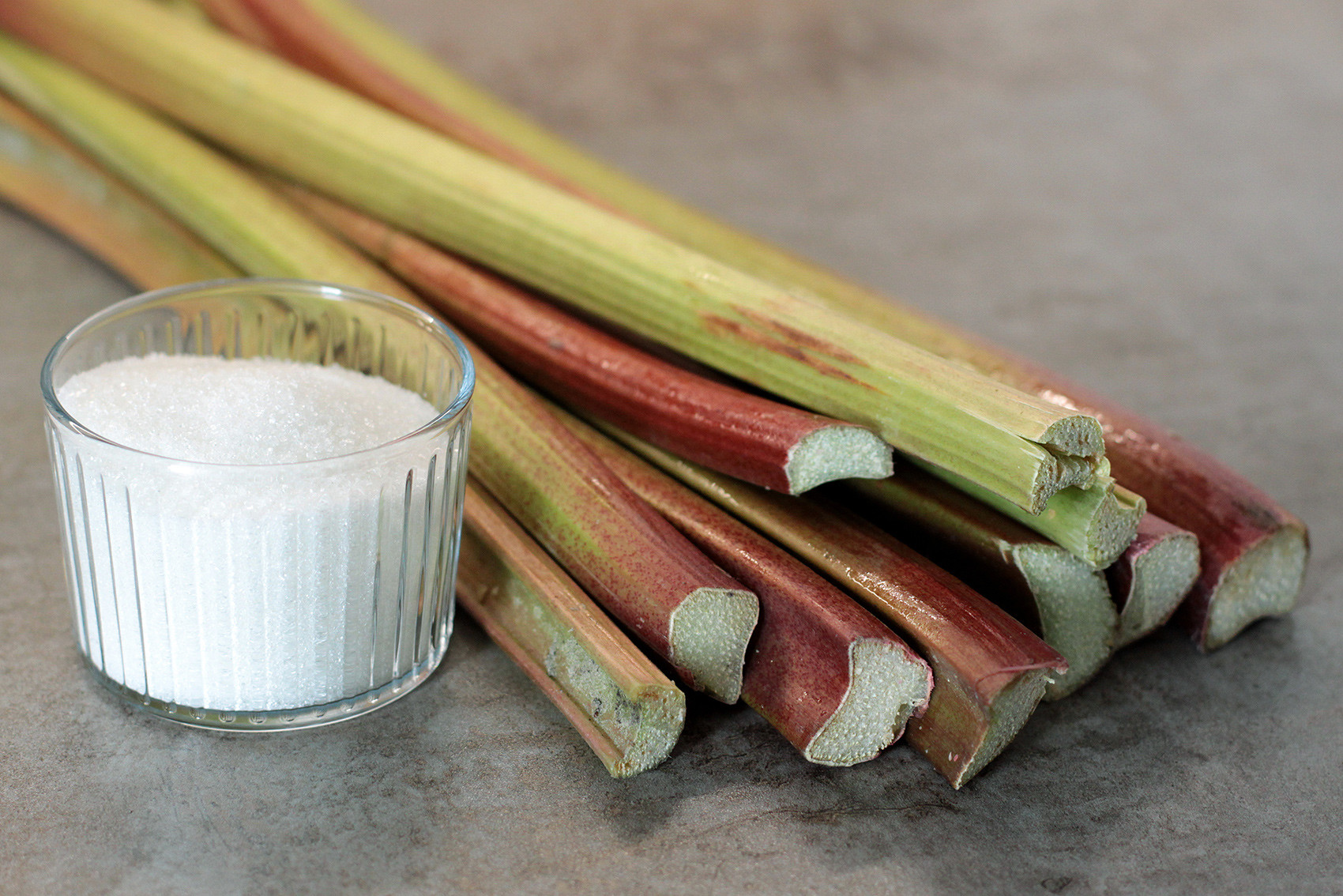
- 1kg rhubarb;
- 1 cup sugar;
- ground cinnamon;
- ground nutmeg.
Cooking:
1. First of all, prepare the rhubarb stalks: wash, trim the top and bottom, and peel if needed. Then cut all the stalks into small chunks about 1-2cm: put them into your largest saucepan, add sugar and – optionally – a pinch of cinnamon and nutmeg to enhance the taste. You can use more or less sugar depending on how sweet you’d like your pastila. Personally, I love this exact proportion of rhubarb and sugar because it leaves you with a nice sweet-sour flavor.
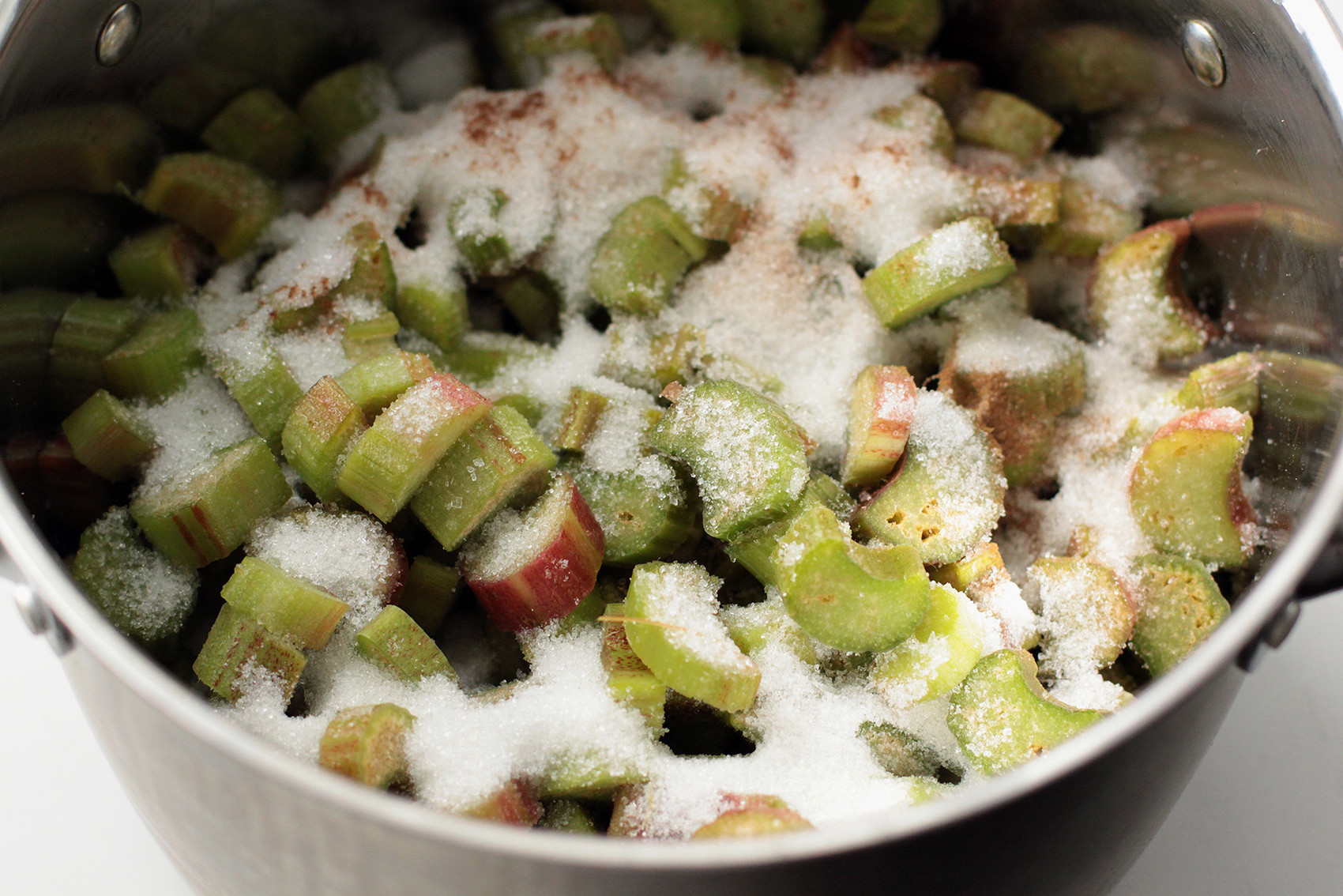
2. Start heating rhubarb on medium, add around 100ml hot water and cook until all the sticks become soft and almost puree like – it usually takes around 15-25 minutes.
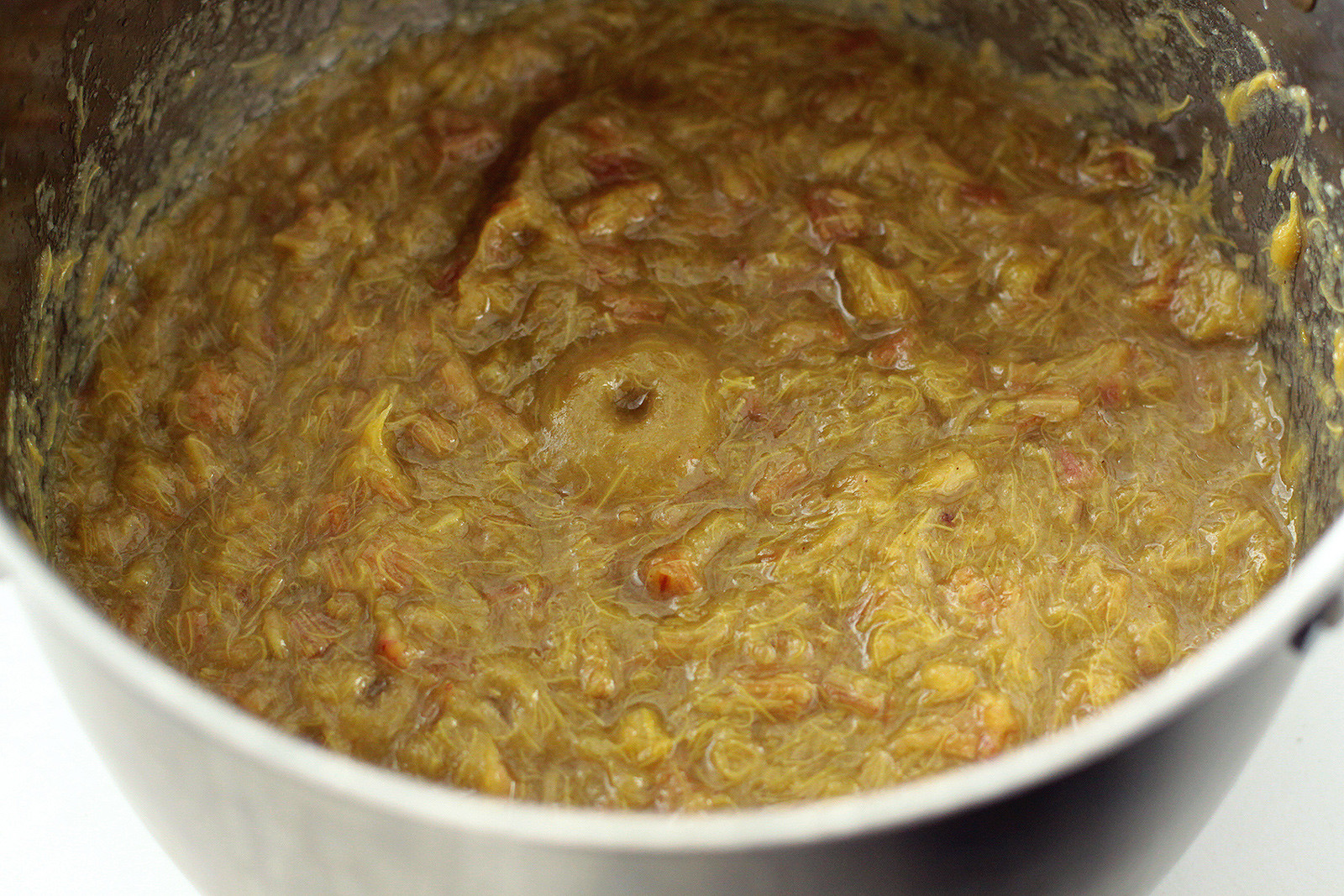
3. Remove from heat and work the mixture with a hand blender until smooth – you should get a nice puree consistency with no rhubarb strings in it. Set aside to slightly cool down.
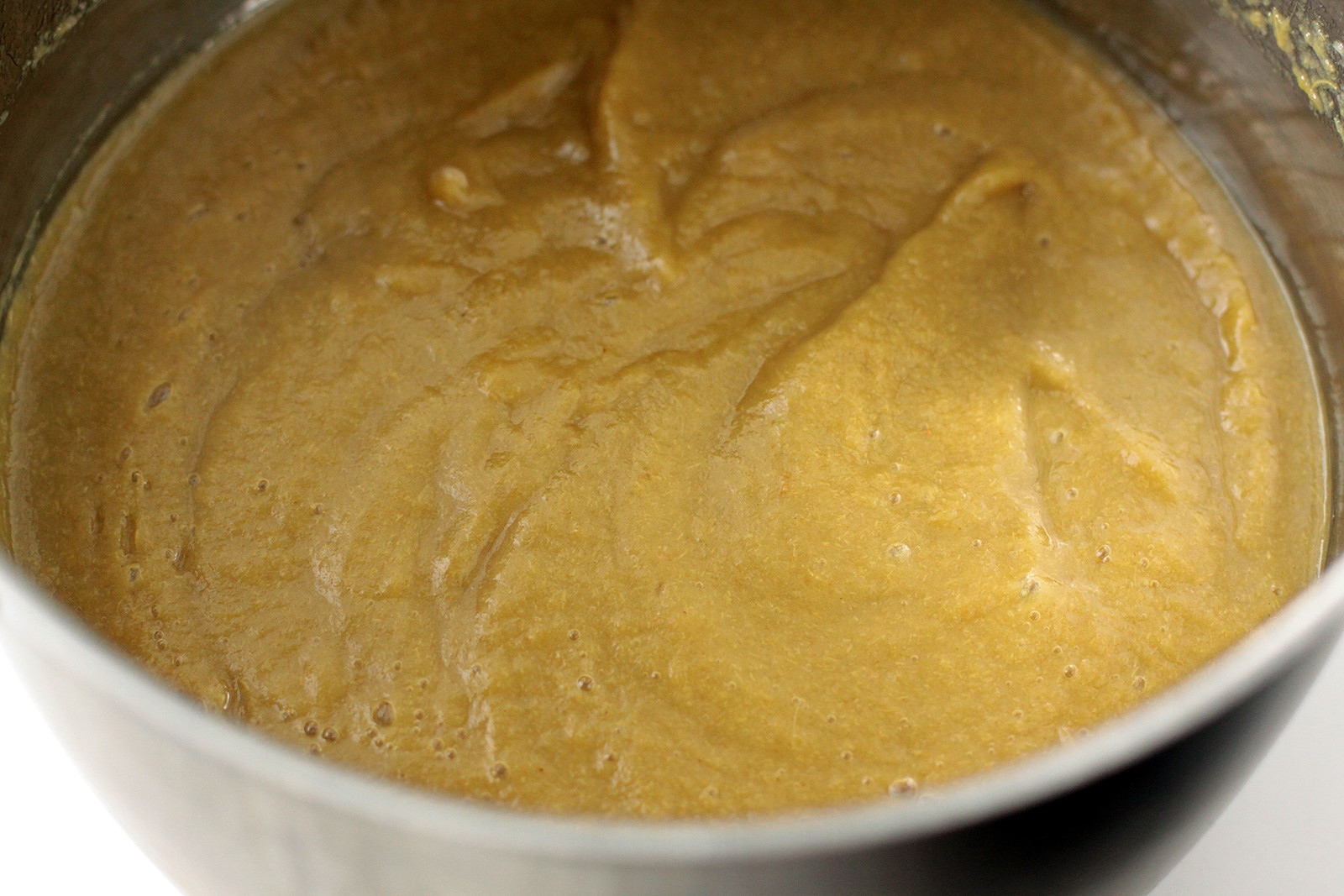
4. Meanwhile, cover two baking trays with parchment. Divide the puree mixture in two and gently pour on the trays. Using a spatula spread the pure about 3–5mm maximum thick. Now, there are actually two ways of cooking pastila: some do not use the oven and dry it in the open air. For this method you need some kind of ventilated area with warm and dry air, such as a balcony or a window sill in the summer. This takes up to 3 days, and is not always possible, which is why I usually dry pastila in the oven on low temperatures.
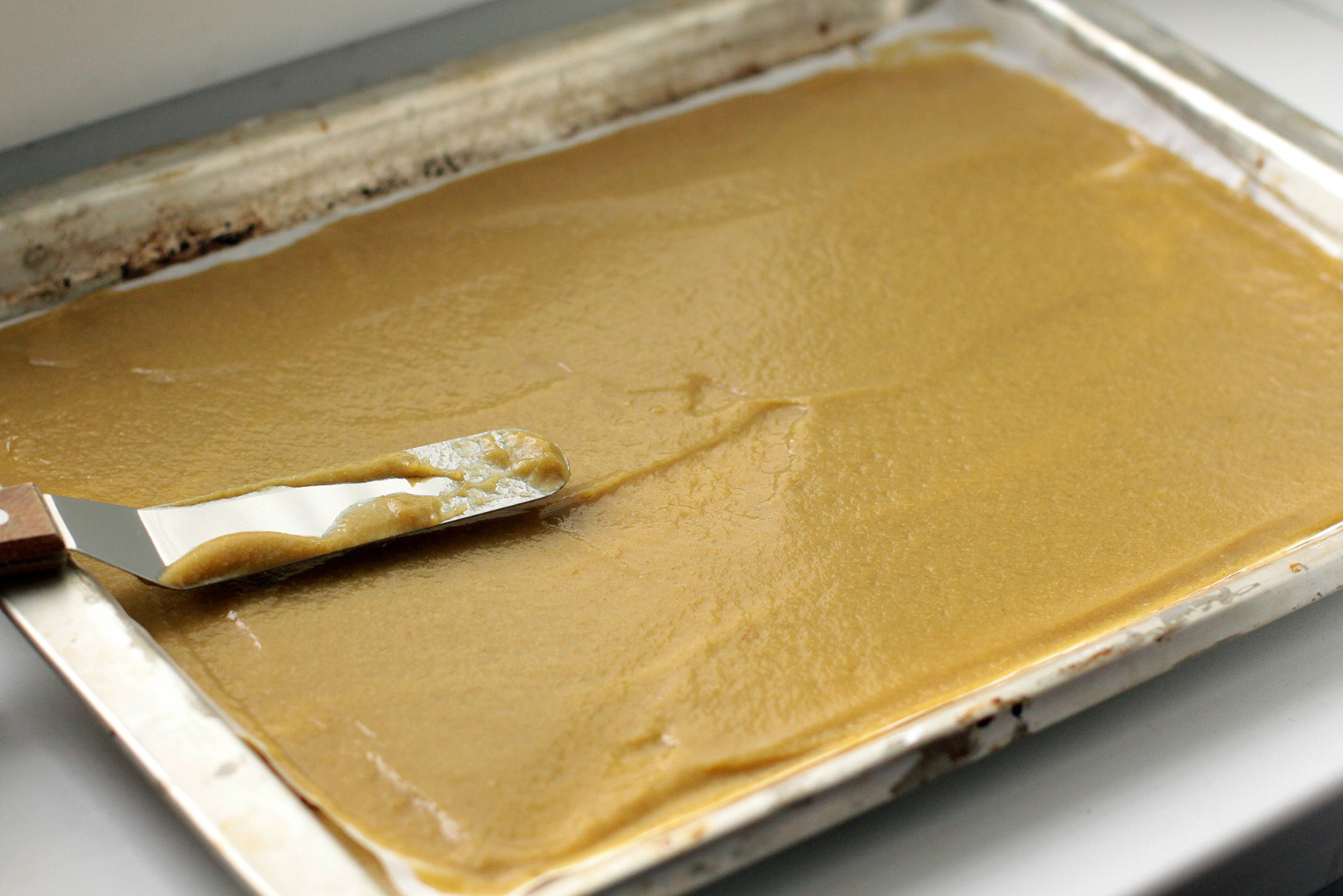
5. Just leave the trays with puree at 100°C for 2-4 hours, depending on the pastila thickness. It is ready when the parchment easily separates from the pastila, and its surface becomes quite dry and elastic but not crackly (this means the pastila is overdried). When you feel it is completely ready on the edges, but still too soft and wet in the middle, take it out of the oven and leave in the open air for several more hours in order to completely cook.
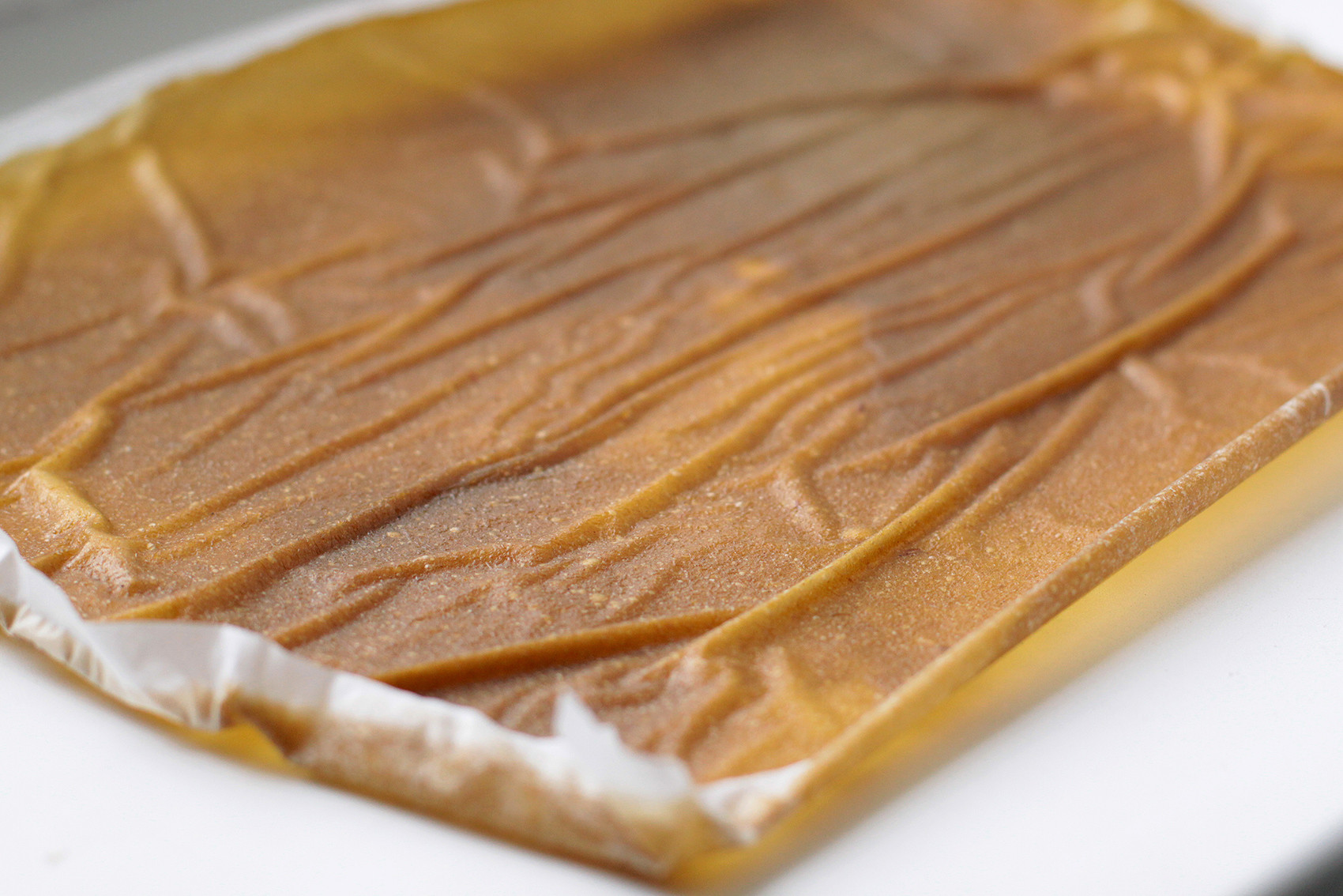
6. Cut the pastila sheets in wide strips, wrap them and store in the fridge. Priyatnogo appetita!
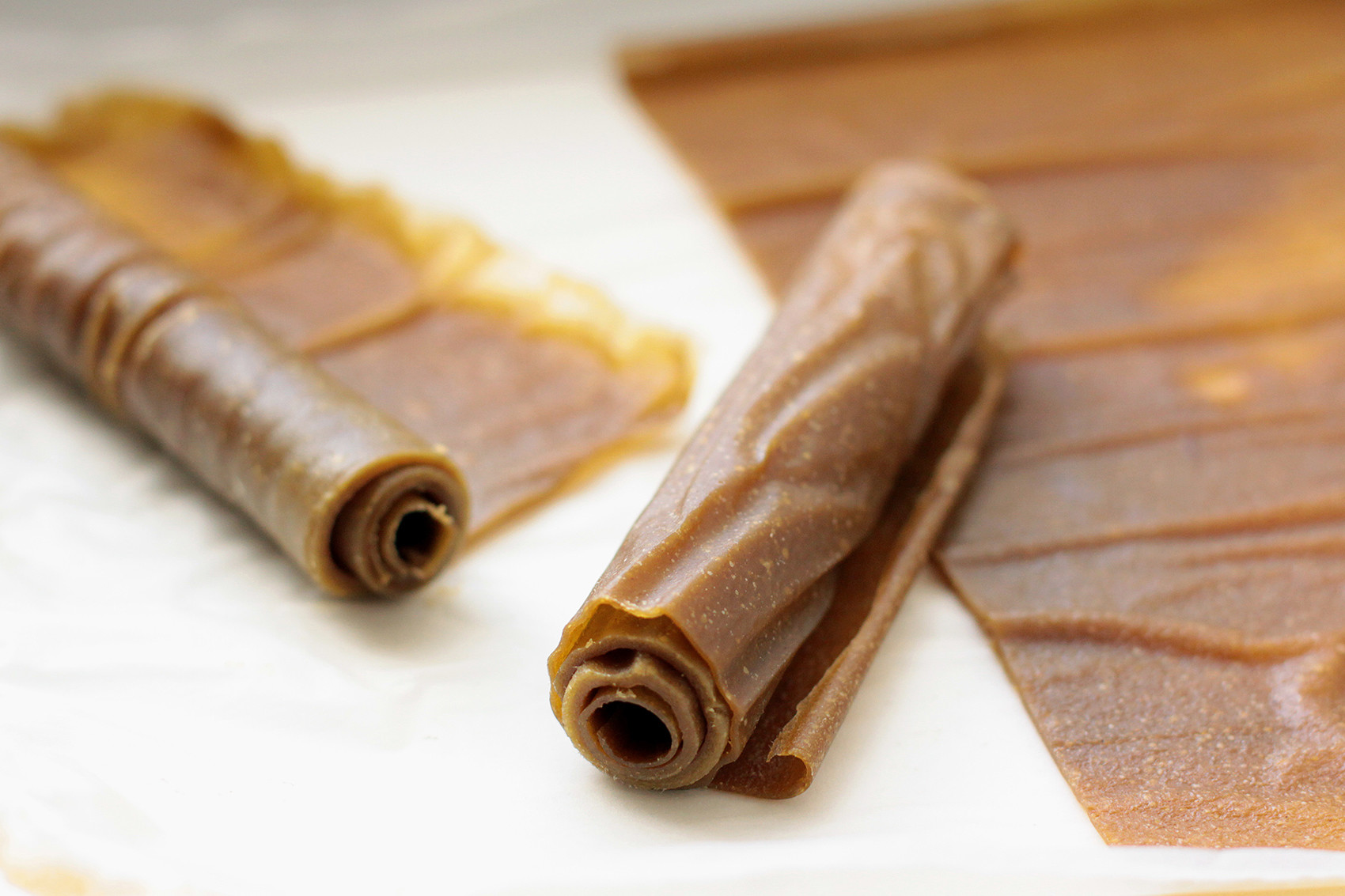
Read more: Dive into cherry season with this Russian sweet-braided bread
If using any of Russia Beyond's content, partly or in full, always provide an active hyperlink to the original material.
Subscribe
to our newsletter!
Get the week's best stories straight to your inbox